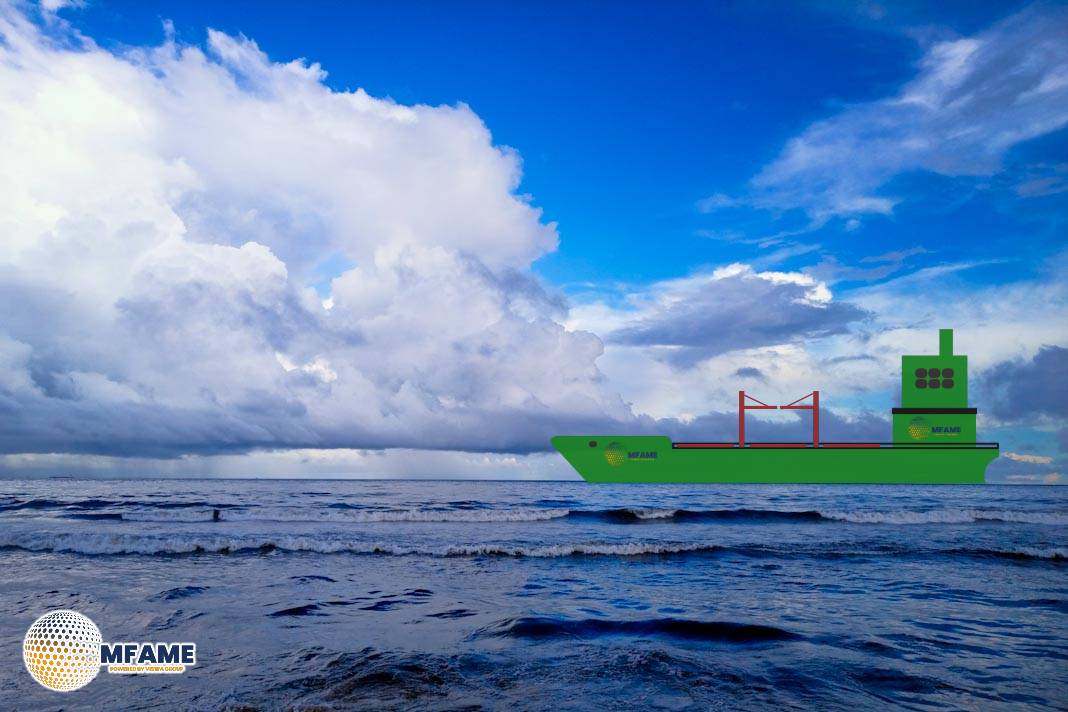- Kawasaki Kisen plans to reroute more ships away from the U.S. amid tariff concerns.
- The company expects a $200 million impact from U.S. tariffs in the 2025-26 financial year.
- Fleet adjustments depend on trade policy outcomes and could shift focus to Europe, the Middle East, and other regions.
Japanese shipping company Kawasaki Kisen Kaisha Ltd (K-Line) is adjusting its U.S. services and is prepared to reroute more ships away from the U.S. to other regions as it braces for potentially higher U.S. tariffs, according to CEO Takenori Igarashi, reports Reuters.
“There have been times when ships couldn’t be fully loaded on some routes, and when we reduced the frequency of container services from East Asia to the U.S.,” Igarashi said. “We’re adjusting our fleet capacity according to cargo volumes.”
Kawasaki Kisen Braces for Tariff Impact
Kawasaki Kisen, one of Japan’s major shipping companies, has factored in a 30 billion yen ($200 million) impact from U.S. tariffs for the financial year through March 2026, citing a hit to the car carrier business and lower container volumes and freight rates.
Igarashi noted that the container ship business would be especially affected by the outcome of U.S.-China tariff negotiations, which the company is closely watching. U.S. President Donald Trump has threatened higher tariffs on various trading partners unless trade deals are agreed upon before an August 1 deadline.
Depending on the tariff rates that different countries ultimately face and how trade flows change, there could be some positive impact if shipping distances lengthen.
To adapt to tariff-related demand changes at the operational level, Kawasaki Kisen could redirect vessels from U.S. routes to Europe, the Middle East, Australia, and Africa.
“When it comes to strategic adjustments, we may, for example, reduce assets in the form of vessels a bit, but unless we are clear about the direction of trade policies, we can’t suddenly make drastic cuts,” Igarashi added. “We’re still in the wait-and-see phase.”
Did you subscribe to our daily Newsletter?
It’s Free Click here to Subscribe!
Source: Reuters


























